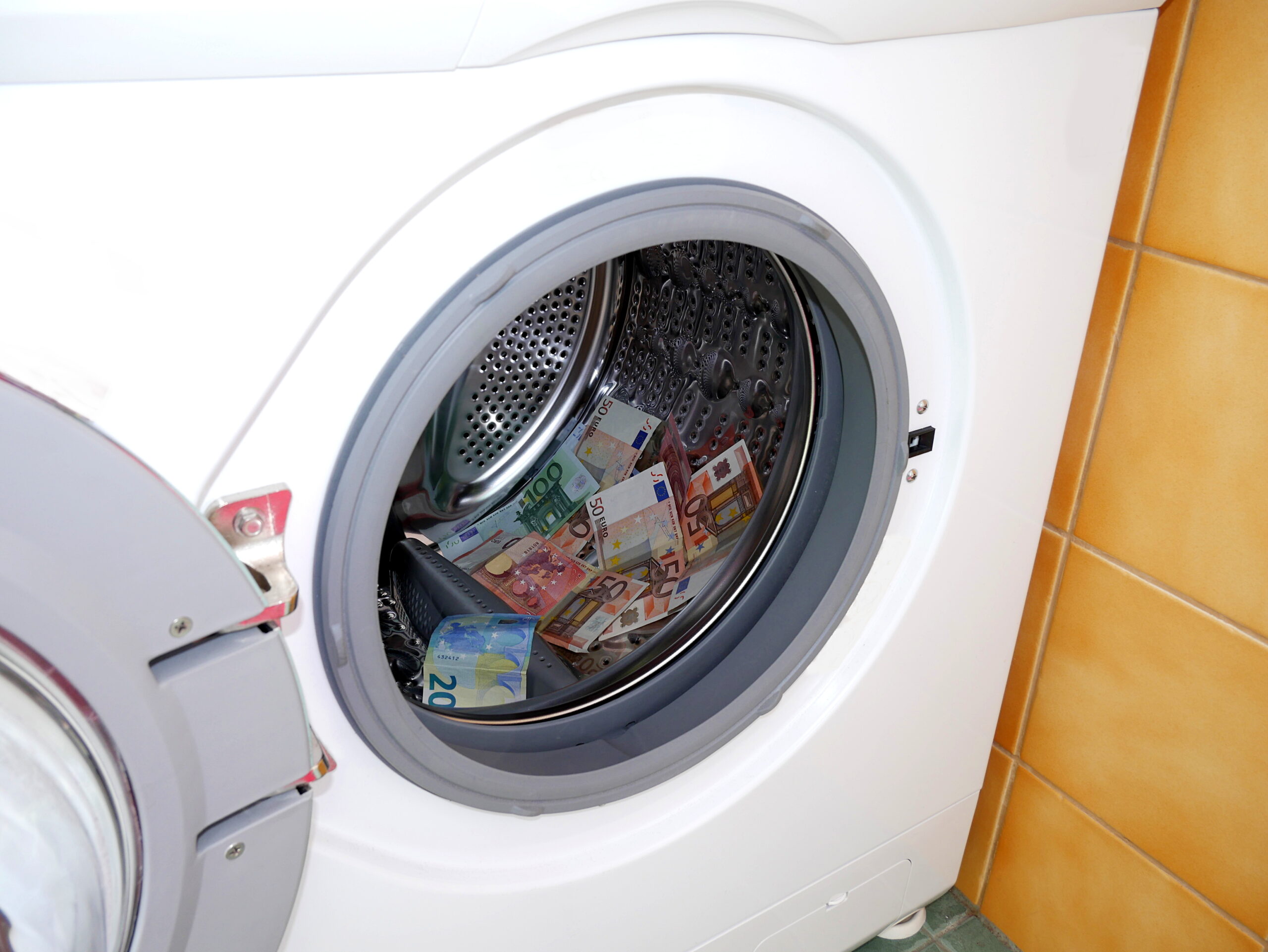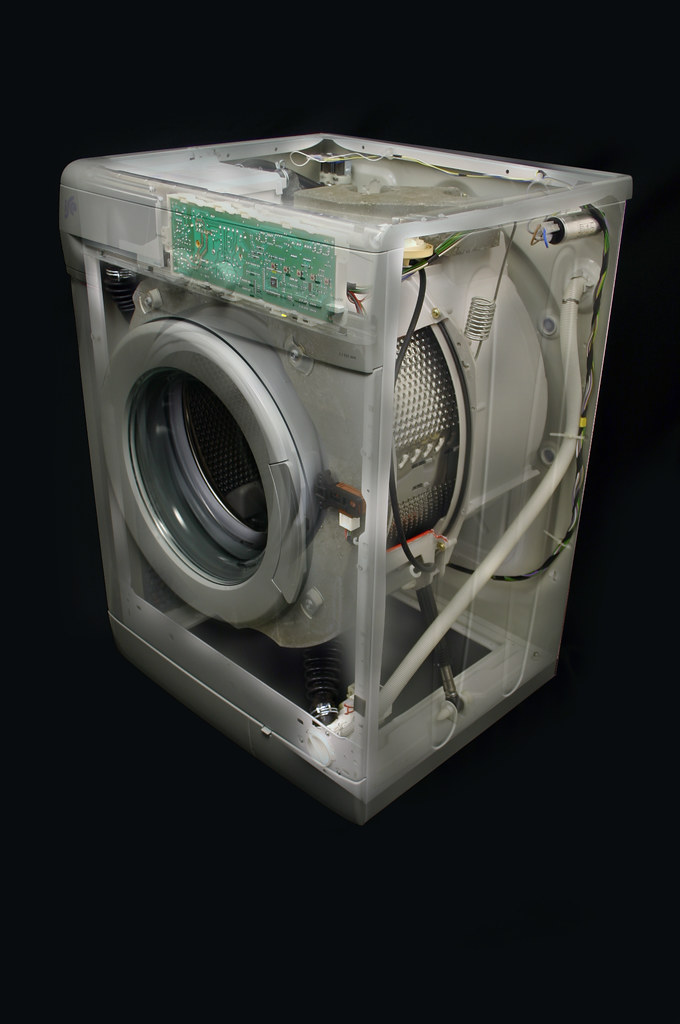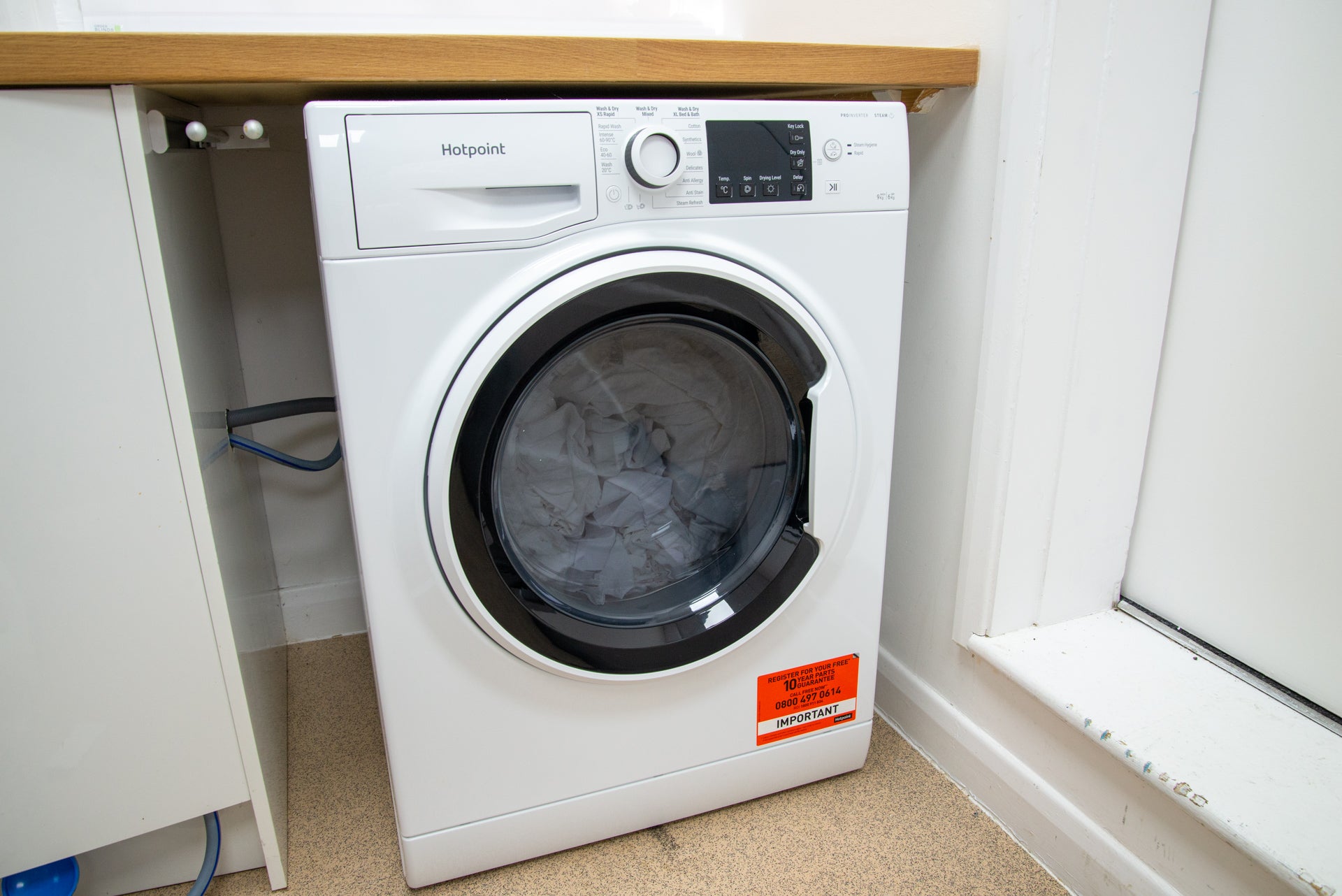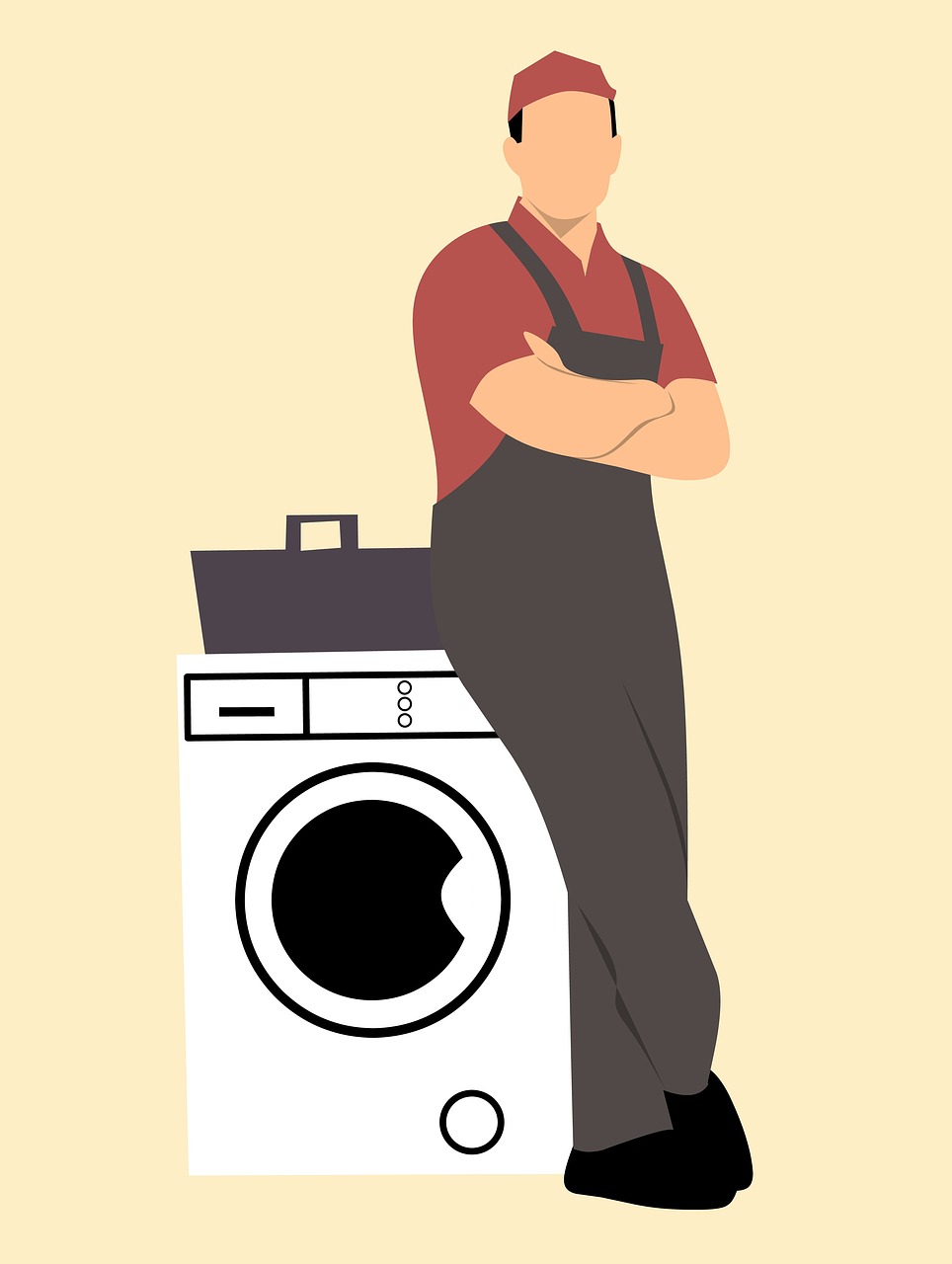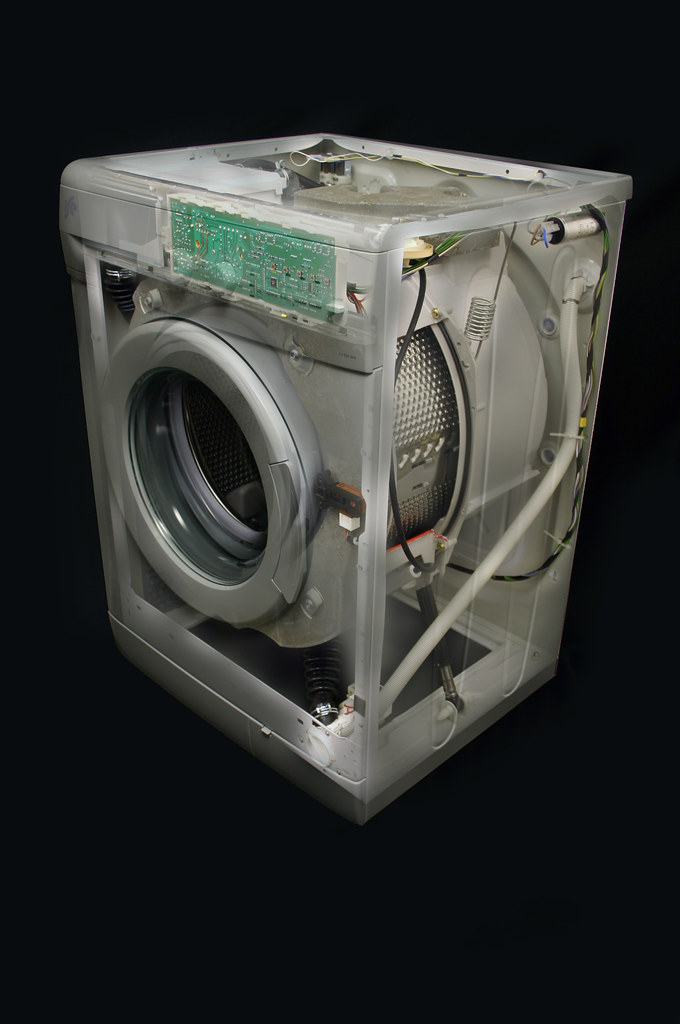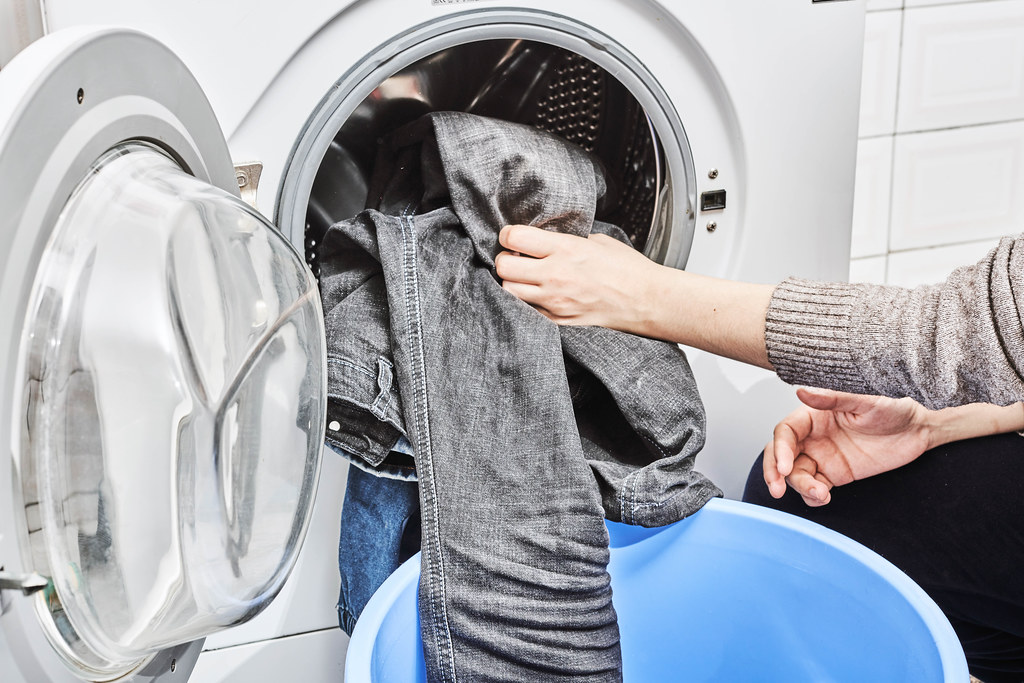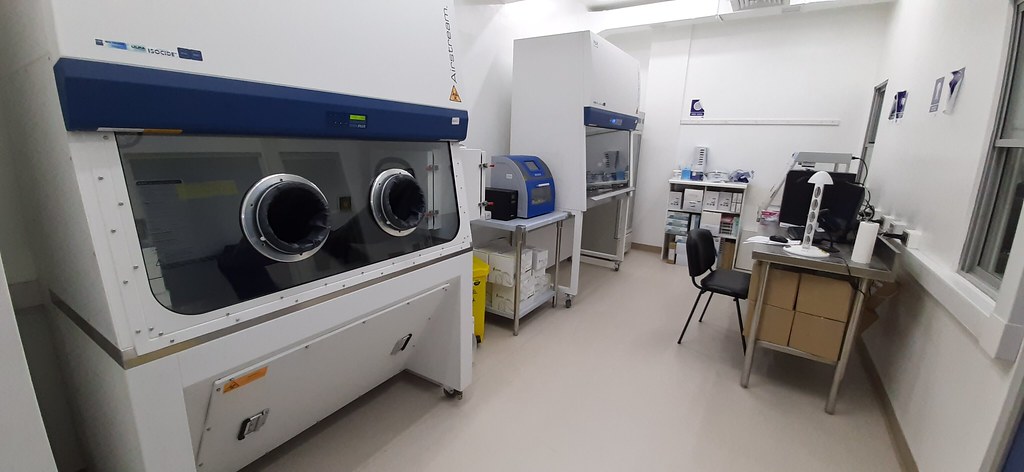Introduction
Overview of licensing and insurance
When it comes to licensing and insurance considerations for washing machine repair, it is essential to have a comprehensive understanding of the requirements and regulations in place. Licensing ensures that the repair technicians are qualified and have the necessary skills to handle the repair work effectively and safely. It also provides a level of assurance to customers that they are entrusting their appliances to professionals who meet industry standards. Additionally, insurance coverage is crucial to protect both the repair technicians and the customers in case of any accidents or damages that may occur during the repair process. It provides financial protection and peace of mind, ensuring that any unforeseen circumstances are covered. Therefore, it is vital for washing machine repair businesses to prioritize licensing and insurance to maintain professionalism, trust, and safety in their operations.
Importance of licensing and insurance for washing machine repair
When it comes to washing machine repair, the importance of licensing and insurance cannot be overstated. Having the proper licenses and insurance coverage is crucial for several reasons. First and foremost, it provides assurance to customers that the repair technician is qualified and knowledgeable in handling washing machine repairs. This helps build trust and confidence in the service provider, leading to a positive customer experience. Additionally, licensing and insurance protect both the repair technician and the customer in case of any accidents or damages that may occur during the repair process. It ensures that both parties are financially protected and have recourse in case of any unforeseen circumstances. Therefore, it is essential for any washing machine repair business to prioritize obtaining the necessary licenses and insurance coverage to operate legally and provide peace of mind to their customers.
Purpose of the article
The purpose of this article on licensing and insurance considerations for washing machine repair is to provide readers with a comprehensive understanding of the legal and financial aspects involved in this industry. As washing machine repair services become increasingly popular, it is essential for professionals and consumers alike to be aware of the necessary licenses and insurance coverage to ensure compliance with regulations and protect against potential liabilities. By exploring the various licensing requirements and insurance options, this article aims to equip readers with the knowledge needed to make informed decisions in the field of washing machine repair.
Licensing Requirements

Types of licenses for washing machine repair
When it comes to licensing for washing machine repair, there are several types of licenses that professionals in this field can obtain. One common type of license is the appliance repair license, which allows technicians to repair a wide range of household appliances, including washing machines. Another important license is the electrical license, which is necessary for professionals who work on the electrical components of washing machines. Additionally, some states or local jurisdictions may require specific licenses or certifications for washing machine repair. These licenses ensure that technicians have the necessary knowledge and skills to safely and effectively repair washing machines. It is important for professionals in this industry to be aware of the different types of licenses and certifications available in their area and to obtain the appropriate ones to provide quality service to their customers.
Steps to obtain a license
To obtain a license for repairing washing machines, there are several steps that need to be followed. First, it is important to research the specific licensing requirements in your area, as they may vary. This can typically be done by contacting the local licensing authority or visiting their website. Once you have gathered the necessary information, you will need to complete any required applications and provide any supporting documentation. This may include proof of your training or certification in washing machine repair.
After submitting your application, it may take some time for it to be processed and approved. Once your license is granted, it is important to ensure that you maintain any necessary insurance coverage to protect yourself and your clients. This may include liability insurance to cover any damages that may occur during the repair process. By following these steps and obtaining the required license and insurance, you can operate your washing machine repair business legally and responsibly.
Renewal and maintenance of licenses
Renewal and maintenance of licenses is a crucial aspect when it comes to operating a washing machine repair business. It is important to stay up-to-date with all the necessary licenses and permits required by local and state authorities. This includes obtaining a business license, as well as any specialized licenses or certifications specific to the repair industry. In addition to obtaining the initial licenses, it is equally important to ensure that they are regularly renewed and maintained. This involves keeping track of expiration dates, submitting timely renewal applications, and fulfilling any additional requirements, such as continuing education or training. By prioritizing the renewal and maintenance of licenses, repair businesses can demonstrate their commitment to operating legally and ethically, while also ensuring the safety and satisfaction of their customers.
Insurance Coverage

Types of insurance for washing machine repair businesses
When it comes to running a washing machine repair business, having the right insurance is essential. There are several types of insurance that a washing machine repair business should consider. Firstly, general liability insurance provides coverage for any accidents or injuries that may occur on the business premises. This type of insurance protects the business owner from potential lawsuits and claims. Additionally, professional liability insurance, also known as errors and omissions insurance, covers any mistakes or negligence that may occur during repair work. This is important as it protects the business from any financial losses resulting from these errors. Finally, property insurance is crucial for protecting the physical assets of the business, including tools, equipment, and inventory. Having the right insurance coverage ensures that a washing machine repair business can operate smoothly and confidently, knowing that they are protected in case of any unforeseen events.
Importance of insurance coverage
Insurance coverage is of utmost importance when it comes to repairing washing machines. Accidents can happen during the repair process, such as damage to the machine or injury to the repair technician. Without proper insurance coverage, the repair business may be liable for any damages or injuries that occur. Having insurance not only protects the repair business financially, but it also provides peace of mind to both the business owner and the customers. In the event of any unforeseen circumstances, insurance coverage ensures that the repair business can continue operating smoothly and efficiently.
Choosing the right insurance policy
When it comes to choosing the right insurance policy for your washing machine repair business, there are several factors to consider. First and foremost, you need to ensure that the policy provides coverage for all the potential risks and liabilities associated with your line of work. This includes coverage for damage to customer’s property, injuries to employees or third parties, and any legal expenses that may arise from lawsuits. Additionally, it is important to review the policy limits and deductibles to ensure they align with your business needs and budget. Finally, consider the reputation and financial stability of the insurance provider to ensure they will be able to fulfill their obligations in the event of a claim. By carefully considering these factors, you can choose the right insurance policy that provides the necessary coverage and peace of mind for your washing machine repair business.
Legal Considerations
Liability and legal responsibilities
When it comes to liability and legal responsibilities in the context of washing machine repair, there are several key considerations to keep in mind. First and foremost, repair professionals should ensure that they have the necessary licenses and certifications to perform the required repairs. This not only ensures their competence and expertise but also protects them from any legal repercussions. Additionally, repair professionals should also have the appropriate insurance coverage to safeguard against any potential accidents or damages that may occur during the repair process. This includes liability insurance to protect against any claims of injury or property damage, as well as professional indemnity insurance to cover any errors or omissions in their work. By adhering to these licensing and insurance requirements, repair professionals can mitigate potential risks and ensure a safe and legally compliant repair service for their customers.
Contractual agreements with clients
When it comes to contractual agreements with clients in the washing machine repair industry, it is crucial to establish clear terms and conditions that protect both parties involved. These agreements outline the scope of work, payment terms, and any additional services or warranties provided. By having a well-defined contract in place, repair professionals can ensure that they are compensated fairly for their services and that clients understand their rights and responsibilities. Additionally, contractual agreements can help resolve any disputes that may arise during the repair process, providing a legal framework for addressing issues and protecting the interests of both the repair professional and the client.
Compliance with local laws and regulations
When it comes to operating a washing machine repair business, it is crucial to ensure compliance with local laws and regulations. This includes obtaining the necessary licenses and permits to legally operate the business. Additionally, it is important to have the appropriate insurance coverage to protect against any potential liabilities. By adhering to these requirements, repair businesses can establish a strong foundation and build trust with customers, knowing that they are operating within the legal framework and have the necessary protection in place.
Risk Management

Identifying and assessing risks
When it comes to identifying and assessing risks in the context of licensing and insurance considerations for washing machine repair, it is crucial to have a comprehensive understanding of the potential hazards involved. This includes evaluating the electrical components and connections, handling hazardous materials such as cleaning agents or refrigerants, and assessing the potential for injury or property damage during repair or installation. By conducting a thorough risk assessment, repair professionals can ensure they have the necessary licenses and insurance coverage to mitigate any potential risks and protect themselves, their clients, and their business.
Implementing safety measures
Implementing safety measures is crucial when it comes to washing machine repair. Technicians should always prioritize their safety and the safety of others while working. This includes wearing appropriate protective gear such as gloves, goggles, and masks. It is also important to ensure that the workspace is well-ventilated and free from any potential hazards. Additionally, technicians should be trained in proper handling and disposal of chemicals and hazardous materials. By implementing these safety measures, the risk of accidents and injuries can be significantly reduced, ensuring a safe and efficient repair process.
Emergency preparedness
When it comes to emergency preparedness for washing machine repair, there are a few key considerations to keep in mind. Firstly, it is important to have a clear understanding of the licensing requirements for repair technicians. Ensuring that the technicians working on your washing machine have the necessary licenses and certifications can provide peace of mind and ensure that the repairs are done correctly. Additionally, it is crucial to have proper insurance coverage in place. This will protect both the repair technician and the homeowner in case of any accidents or damages that may occur during the repair process. By being proactive and prepared in these areas, homeowners can ensure a smooth and stress-free experience when it comes to emergency washing machine repairs.
Conclusion

Summary of key points
In summary, when it comes to licensing and insurance considerations for washing machine repair, there are several key points to keep in mind. Firstly, it is important for repair technicians to have the necessary licenses and certifications to ensure their expertise and competence in handling washing machine repairs. Additionally, having proper insurance coverage is crucial to protect both the technician and the customer in case of any accidents or damages that may occur during the repair process. It is also advisable for repair technicians to stay updated on any changes in licensing and insurance requirements to ensure compliance with the latest regulations. By prioritizing licensing and insurance considerations, both repair technicians and customers can have peace of mind knowing that the repair work is being carried out by qualified professionals who are adequately protected.
Importance of licensing and insurance
Licensing and insurance play a crucial role in the washing machine repair industry. It is important for repair technicians to be licensed as it ensures that they have the necessary skills and knowledge to effectively diagnose and fix various issues with washing machines. Additionally, having insurance coverage is essential as it provides protection for both the technician and the customer in case of any accidents or damages that may occur during the repair process. By adhering to licensing and insurance requirements, repair technicians demonstrate their professionalism and commitment to providing quality service to their clients.
Final thoughts
In conclusion, when it comes to licensing and insurance considerations for washing machine repair, it is important to prioritize safety and compliance. Obtaining the necessary licenses and insurance coverage not only protects the repair technician and the business, but also provides peace of mind to the customers. By adhering to the regulations and requirements set forth by the relevant authorities, repair professionals can ensure that they are operating within the legal framework and providing reliable and trustworthy services. Additionally, having the appropriate insurance coverage safeguards against any unforeseen accidents or damages that may occur during the repair process. Overall, taking the time and effort to address licensing and insurance considerations demonstrates professionalism and a commitment to delivering high-quality repair services to customers.
Introduction
Overview of licensing and insurance
When it comes to licensing and insurance considerations for washing machine repair, it is essential to have a comprehensive understanding of the requirements and regulations in place. Licensing ensures that the repair technicians are qualified and have the necessary skills to handle the repair work effectively and safely. It also provides a level of assurance to customers that they are entrusting their appliances to professionals who meet industry standards. Additionally, insurance coverage is crucial to protect both the repair technicians and the customers in case of any accidents or damages that may occur during the repair process. It provides financial protection and peace of mind, ensuring that any unforeseen circumstances are covered. Therefore, it is vital for washing machine repair businesses to prioritize licensing and insurance to maintain professionalism, trust, and safety in their operations.
Importance of licensing and insurance for washing machine repair
When it comes to washing machine repair, the importance of licensing and insurance cannot be overstated. Having the proper licenses and insurance coverage is crucial for several reasons. First and foremost, it provides assurance to customers that the repair technician is qualified and knowledgeable in handling washing machine repairs. This helps build trust and confidence in the service provider, leading to a positive customer experience. Additionally, licensing and insurance protect both the repair technician and the customer in case of any accidents or damages that may occur during the repair process. It ensures that both parties are financially protected and have recourse in case of any unforeseen circumstances. Therefore, it is essential for any washing machine repair business to prioritize obtaining the necessary licenses and insurance coverage to operate legally and provide peace of mind to their customers.
Purpose of the article
The purpose of this article on licensing and insurance considerations for washing machine repair is to provide readers with a comprehensive understanding of the legal and financial aspects involved in this industry. As washing machine repair services become increasingly popular, it is essential for professionals and consumers alike to be aware of the necessary licenses and insurance coverage to ensure compliance with regulations and protect against potential liabilities. By exploring the various licensing requirements and insurance options, this article aims to equip readers with the knowledge needed to make informed decisions in the field of washing machine repair.
Licensing Requirements

Types of licenses for washing machine repair
When it comes to licensing for washing machine repair, there are several types of licenses that professionals in this field can obtain. One common type of license is the appliance repair license, which allows technicians to repair a wide range of household appliances, including washing machines. Another important license is the electrical license, which is necessary for professionals who work on the electrical components of washing machines. Additionally, some states or local jurisdictions may require specific licenses or certifications for washing machine repair. These licenses ensure that technicians have the necessary knowledge and skills to safely and effectively repair washing machines. It is important for professionals in this industry to be aware of the different types of licenses and certifications available in their area and to obtain the appropriate ones to provide quality service to their customers.
Steps to obtain a license
To obtain a license for repairing washing machines, there are several steps that need to be followed. First, it is important to research the specific licensing requirements in your area, as they may vary. This can typically be done by contacting the local licensing authority or visiting their website. Once you have gathered the necessary information, you will need to complete any required applications and provide any supporting documentation. This may include proof of your training or certification in washing machine repair.
After submitting your application, it may take some time for it to be processed and approved. Once your license is granted, it is important to ensure that you maintain any necessary insurance coverage to protect yourself and your clients. This may include liability insurance to cover any damages that may occur during the repair process. By following these steps and obtaining the required license and insurance, you can operate your washing machine repair business legally and responsibly.
Renewal and maintenance of licenses
Renewal and maintenance of licenses is a crucial aspect when it comes to operating a washing machine repair business. It is important to stay up-to-date with all the necessary licenses and permits required by local and state authorities. This includes obtaining a business license, as well as any specialized licenses or certifications specific to the repair industry. In addition to obtaining the initial licenses, it is equally important to ensure that they are regularly renewed and maintained. This involves keeping track of expiration dates, submitting timely renewal applications, and fulfilling any additional requirements, such as continuing education or training. By prioritizing the renewal and maintenance of licenses, repair businesses can demonstrate their commitment to operating legally and ethically, while also ensuring the safety and satisfaction of their customers.
Insurance Coverage

Types of insurance for washing machine repair businesses
When it comes to running a washing machine repair business, having the right insurance is essential. There are several types of insurance that a washing machine repair business should consider. Firstly, general liability insurance provides coverage for any accidents or injuries that may occur on the business premises. This type of insurance protects the business owner from potential lawsuits and claims. Additionally, professional liability insurance, also known as errors and omissions insurance, covers any mistakes or negligence that may occur during repair work. This is important as it protects the business from any financial losses resulting from these errors. Finally, property insurance is crucial for protecting the physical assets of the business, including tools, equipment, and inventory. Having the right insurance coverage ensures that a washing machine repair business can operate smoothly and confidently, knowing that they are protected in case of any unforeseen events.
Importance of insurance coverage
Insurance coverage is of utmost importance when it comes to repairing washing machines. Accidents can happen during the repair process, such as damage to the machine or injury to the repair technician. Without proper insurance coverage, the repair business may be liable for any damages or injuries that occur. Having insurance not only protects the repair business financially, but it also provides peace of mind to both the business owner and the customers. In the event of any unforeseen circumstances, insurance coverage ensures that the repair business can continue operating smoothly and efficiently.
Choosing the right insurance policy
When it comes to choosing the right insurance policy for your washing machine repair business, there are several factors to consider. First and foremost, you need to ensure that the policy provides coverage for all the potential risks and liabilities associated with your line of work. This includes coverage for damage to customer’s property, injuries to employees or third parties, and any legal expenses that may arise from lawsuits. Additionally, it is important to review the policy limits and deductibles to ensure they align with your business needs and budget. Finally, consider the reputation and financial stability of the insurance provider to ensure they will be able to fulfill their obligations in the event of a claim. By carefully considering these factors, you can choose the right insurance policy that provides the necessary coverage and peace of mind for your washing machine repair business.
Legal Considerations
Liability and legal responsibilities
When it comes to liability and legal responsibilities in the context of washing machine repair, there are several key considerations to keep in mind. First and foremost, repair professionals should ensure that they have the necessary licenses and certifications to perform the required repairs. This not only ensures their competence and expertise but also protects them from any legal repercussions. Additionally, repair professionals should also have the appropriate insurance coverage to safeguard against any potential accidents or damages that may occur during the repair process. This includes liability insurance to protect against any claims of injury or property damage, as well as professional indemnity insurance to cover any errors or omissions in their work. By adhering to these licensing and insurance requirements, repair professionals can mitigate potential risks and ensure a safe and legally compliant repair service for their customers.
Contractual agreements with clients
When it comes to contractual agreements with clients in the washing machine repair industry, it is crucial to establish clear terms and conditions that protect both parties involved. These agreements outline the scope of work, payment terms, and any additional services or warranties provided. By having a well-defined contract in place, repair professionals can ensure that they are compensated fairly for their services and that clients understand their rights and responsibilities. Additionally, contractual agreements can help resolve any disputes that may arise during the repair process, providing a legal framework for addressing issues and protecting the interests of both the repair professional and the client.
Compliance with local laws and regulations
When it comes to operating a washing machine repair business, it is crucial to ensure compliance with local laws and regulations. This includes obtaining the necessary licenses and permits to legally operate the business. Additionally, it is important to have the appropriate insurance coverage to protect against any potential liabilities. By adhering to these requirements, repair businesses can establish a strong foundation and build trust with customers, knowing that they are operating within the legal framework and have the necessary protection in place.
Risk Management

Identifying and assessing risks
When it comes to identifying and assessing risks in the context of licensing and insurance considerations for washing machine repair, it is crucial to have a comprehensive understanding of the potential hazards involved. This includes evaluating the electrical components and connections, handling hazardous materials such as cleaning agents or refrigerants, and assessing the potential for injury or property damage during repair or installation. By conducting a thorough risk assessment, repair professionals can ensure they have the necessary licenses and insurance coverage to mitigate any potential risks and protect themselves, their clients, and their business.
Implementing safety measures
Implementing safety measures is crucial when it comes to washing machine repair. Technicians should always prioritize their safety and the safety of others while working. This includes wearing appropriate protective gear such as gloves, goggles, and masks. It is also important to ensure that the workspace is well-ventilated and free from any potential hazards. Additionally, technicians should be trained in proper handling and disposal of chemicals and hazardous materials. By implementing these safety measures, the risk of accidents and injuries can be significantly reduced, ensuring a safe and efficient repair process.
Emergency preparedness
When it comes to emergency preparedness for washing machine repair, there are a few key considerations to keep in mind. Firstly, it is important to have a clear understanding of the licensing requirements for repair technicians. Ensuring that the technicians working on your washing machine have the necessary licenses and certifications can provide peace of mind and ensure that the repairs are done correctly. Additionally, it is crucial to have proper insurance coverage in place. This will protect both the repair technician and the homeowner in case of any accidents or damages that may occur during the repair process. By being proactive and prepared in these areas, homeowners can ensure a smooth and stress-free experience when it comes to emergency washing machine repairs.
Conclusion

Summary of key points
In summary, when it comes to licensing and insurance considerations for washing machine repair, there are several key points to keep in mind. Firstly, it is important for repair technicians to have the necessary licenses and certifications to ensure their expertise and competence in handling washing machine repairs. Additionally, having proper insurance coverage is crucial to protect both the technician and the customer in case of any accidents or damages that may occur during the repair process. It is also advisable for repair technicians to stay updated on any changes in licensing and insurance requirements to ensure compliance with the latest regulations. By prioritizing licensing and insurance considerations, both repair technicians and customers can have peace of mind knowing that the repair work is being carried out by qualified professionals who are adequately protected.
Importance of licensing and insurance
Licensing and insurance play a crucial role in the washing machine repair industry. It is important for repair technicians to be licensed as it ensures that they have the necessary skills and knowledge to effectively diagnose and fix various issues with washing machines. Additionally, having insurance coverage is essential as it provides protection for both the technician and the customer in case of any accidents or damages that may occur during the repair process. By adhering to licensing and insurance requirements, repair technicians demonstrate their professionalism and commitment to providing quality service to their clients.
Final thoughts
In conclusion, when it comes to licensing and insurance considerations for washing machine repair, it is important to prioritize safety and compliance. Obtaining the necessary licenses and insurance coverage not only protects the repair technician and the business, but also provides peace of mind to the customers. By adhering to the regulations and requirements set forth by the relevant authorities, repair professionals can ensure that they are operating within the legal framework and providing reliable and trustworthy services. Additionally, having the appropriate insurance coverage safeguards against any unforeseen accidents or damages that may occur during the repair process. Overall, taking the time and effort to address licensing and insurance considerations demonstrates professionalism and a commitment to delivering high-quality repair services to customers.
Getting high quality professional help in repairing Washing Machines nowadays is quite difficult, I have decided to standardize the procedures in order to provide the client with the highest quality of work that would exceed the expectations if not just match it.
Click Here to get in touch with us
If you have any questions:
Email us
Thank you for voting for us as the
Best Washing Machine Repair company in UAE
If you are looking for Tools to use,
These are our recommendations
I am an Engineer who is very interested in building a platform that ensures highest standards of quality to be maintained in all forms of maintenanc services and the unification of them in a seemless way.






